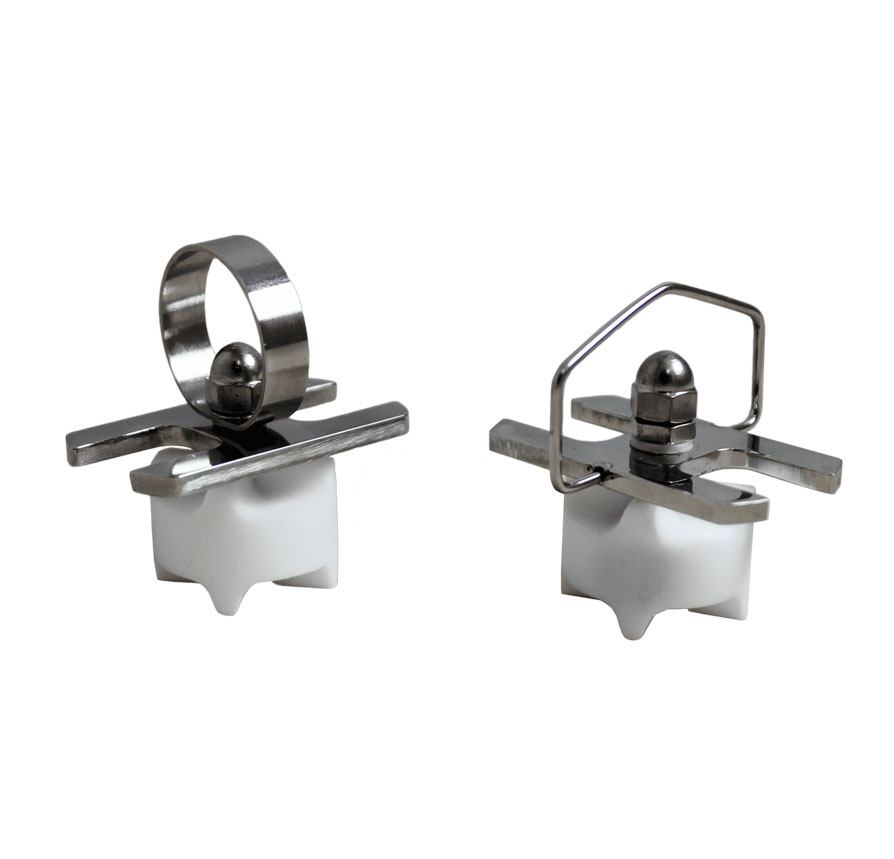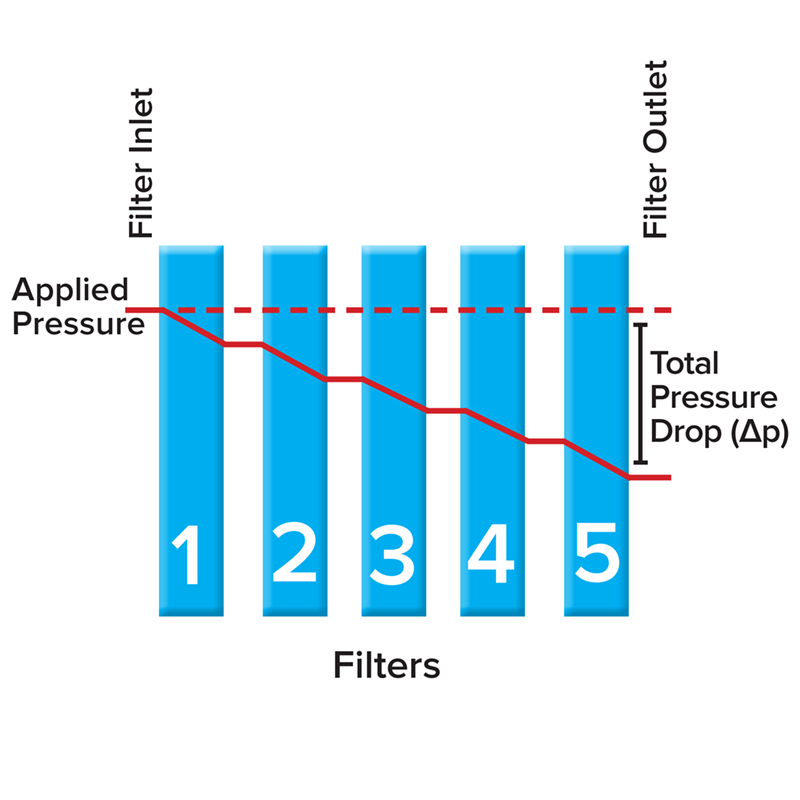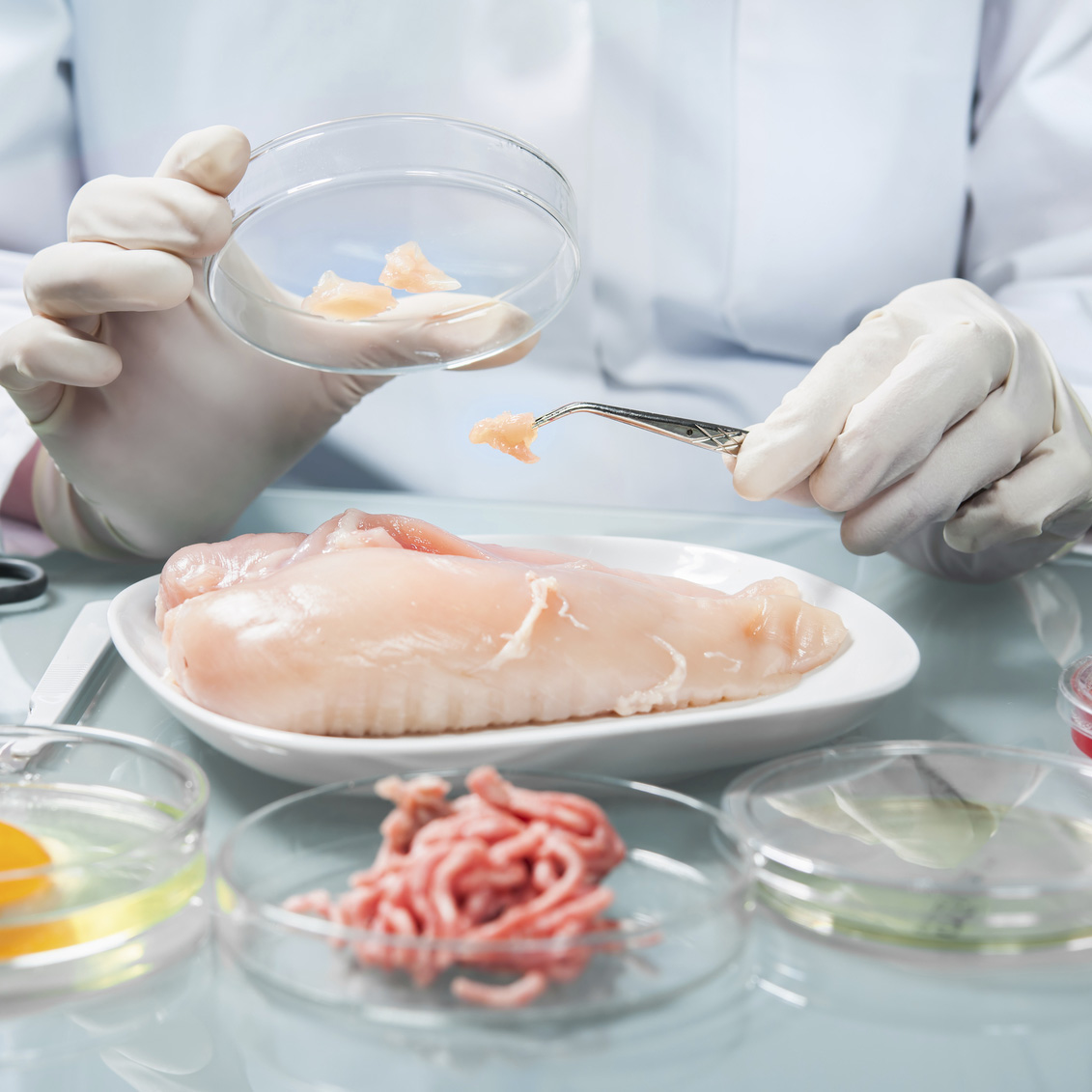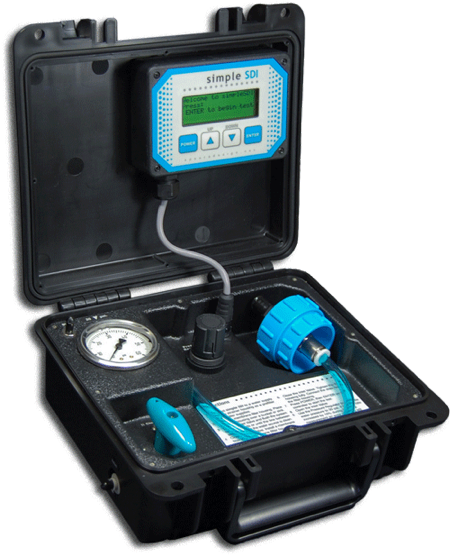Tuesday, September 13, 2016
When particles of a known and defined size are removed via filtration, it is fairly easy to choose the right filter by simply selecting a pore size smaller than the particle. But what happens when you need to filter a very dirty solution that contains an innumerable amount of particle sizes? If a pore size too small is chosen, a cake layer of debris will form on the membrane surface and foul it completely. If too big of a pore size is selected, then a large portion of the solids will pass right through the filter. Because it could be easily overdone, it’s usually not a good idea to stack multiple filters in the same filter holder and process it all at once. So what is an effective solution to this problem?
Enter the world of pressure drop! Back in 1856, French hydrogeologist Henry Darcy figured out the physics behind fluid flow in a filter medium while he was working in Dijon, France (yes, also the little town that gave us great mustard). Henry figured out that in order







![Join Sterlitech at BIO 2024 [Booth #5558]: Exploring the Future of Biotechnology](https://www.sterlitech.com/media/magefan_blog/b4.jpeg)

